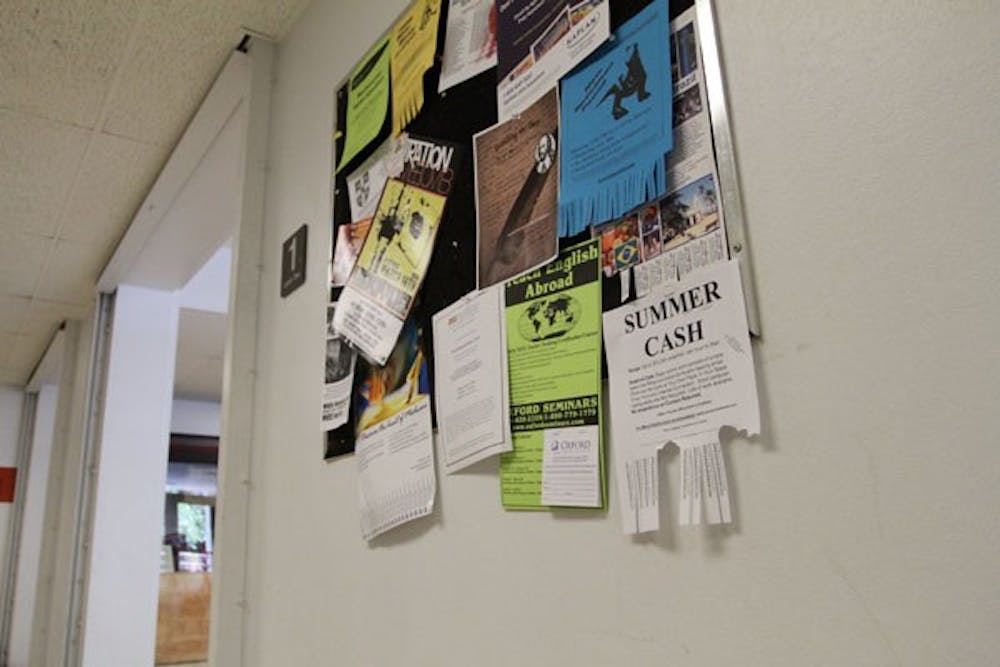Summer classes are intended for students to retake courses they didn’t pass or to get ahead in credits, and many students have no choice but to sign up for summer sessions in spite of rising costs and a lack of flat-rate fees.
Summer tuition rates have been increasing for the last five years. This summer, tuition rates increased 11.6 percent from the previous year, and from 2008 to 2009, tuition rates increased 53 percent.
During the academic school year, a flat-rate fee is used to determine tuition, but during the summer that fee doesn’t apply.
This is because the state of Arizona only provides funding during the year.
“They don’t provide that support in the summer,” said Sheila Ainlay, vice provost for planning and budget at ASU.
Summer school is entirely self-supported by the University, she said.
During the academic year, an in-state undergraduate’s tuition caps at seven credit hours, costing that student $2,999 per semester for seven credit hours or more, she said. Summer tuition doesn’t have that flat rate.
Summer tuition rates are per credit and directly correlate with the academic school year rates, Ainlay said.
If a student took one credit hour this spring semester as a resident undergrad, it would be $428, she said.
“Our summer is that same rate,” Ainlay said, adding that there has never been a cap on summer tuition rates.
During the summer, the University has to generate enough tuition to support the instructor and each class stands on its own to be self-supporting, she said.
For this summer, there are currently 16,462 students enrolled for a total of 98,006 credit hours.
“We’re running a little bit less than the previous year,” Ainlay said. “Until we get close to the start of the session, it’s hard to determine that outcome.”
David Vega, a journalism junior, is taking 10 credits this summer and said he is upset the summer sessions don’t offer a flat-rate fee.
“Students can take 11, 15, [and up to] 18 credit hours, it doesn’t matter. Each credit hour makes [tuition] go up,” he said.
Vega will pay close to $6,000 in tuition, he said, which includes $2,000 for studying abroad.
“ASU is not cheap,” he said.
Summer tuition rates are more expensive for non-resident students, like Stephanie Pellicano, a business communications freshman from New Jersey.
Pellicano will be taking two classes during the summer for a total of six credits, which will cost her nearly $7,000, she said.
“It’s kind of a rip off,” she said. “I didn’t want to go through the hassle of community college in Jersey.”
Pellicano said she wishes summer school was less expensive.
“I don’t think it’s that different from the academic school year,” she said.
Vega said he doesn’t expect ASU to change its policy on a flat-rate fee, so students want to take as few classes as they can.
“Since they charge per credit hour, per semester, it makes you want to take less credit hours or not take summer school at all,” he said.
Reach the reporter at mmbarke1@asu.edu





